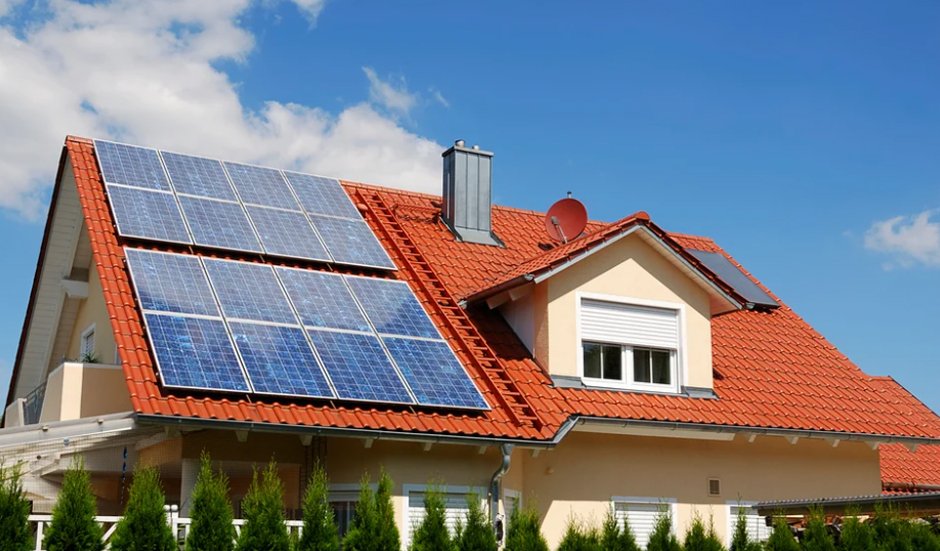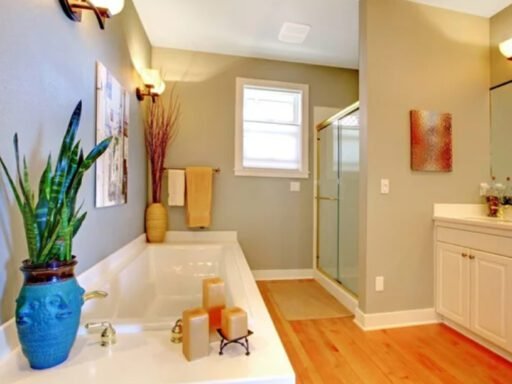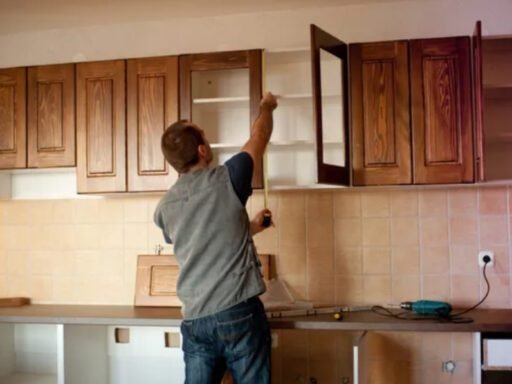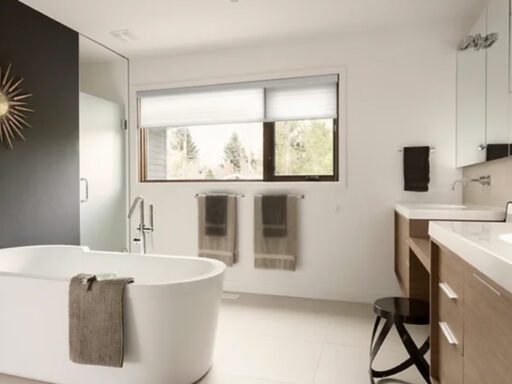Maximising your home’s power potential can save money on utility bills and contribute to environmental sustainability. You can transform your home into an eco-friendly, cost-effective space with the right energy-efficient setups. This article explores ways to enhance your home’s energy consumption, from using smart technology to changing your behaviour. These insightful tips will make your home more efficient and reduce carbon footprint.
Explore our comprehensive guide on maximizing your home’s energy efficiency. Learn about smart tech, insulation, renewable energy, and more to save costs and reduce your environmental impact
Energy Efficiency at Home
Energy-efficient homes have lower utility bills and environmental impacts. Using energy efficiently will cut costs and conserve resources, helping to promote a sustainable future. You can optimise energy consumption in your home by using smart technology, having proper insulation, and getting energy-efficient appliances.
These suggestions will help you manage your household budget and reduce your house’s carbon footprint. Understanding and applying energy-efficient practices are important for becoming a responsible homeowner and conserving the environment.
Understanding Your Home’s Energy Needs
To increase your home’s energy efficiency, assess your current energy usage. Inspect your utility bills to identify the times and appliances that use energy most. These areas usually include water heating, heating and cooling systems, and large appliances. Understanding your home’s energy usage is the first step toward effective energy installation at home, ensuring any upgrades suit your specific needs.
Use energy monitors to get real-time consumption data, which will help you to identify devices that use the most energy. This assessment will help plan energy setup improvements to save you energy and money. These improvements will also boost your power potential.
The Role of Insulation in Energy Conservation
Proper insulation is vital for increasing your home’s energy efficiency and drastically lowering heating and cooling costs. There are different types of insulation, and each has unique benefits. These types include foam, cellulose, and fibreglass. While foam insulation gives superior air sealing, cellulose is eco-friendly and provides great soundproofing, and fibreglass is more cost-effective and easier to install.
To boost the insulation in your home, you need to seal gaps around the doors and windows, add more layers in the attic and walls, and use reflective insulation in hot climates. Insulation upgrades will lower your energy bills, make your home more comfortable, and lower its carbon footprint.
Energy-Efficient Heating and Cooling Solutions
Energy-efficient heating and cooling systems can dramatically increase your home’s power potential. Advanced HVAC (Heating, Ventilation, and Air Conditioning) technologies can lower your energy usage and make your home more comfortable.
Some of these technologies include geothermal heat pumps and dual-fuel systems. These systems have functions where they adjust to the temperatures outside your home and according to your personal preferences. This function has environmental benefits and can save you money on your energy bills.
A great advancement in home automation is smart thermostats. They allow you to control the heating and cooling via remote, and you can set them on a schedule. Smart thermostats also learn from your habits, optimising energy use and lowering your bills. Integrating other smart home devices makes your home more energy-efficient, cost-effective, and sustainable.
Smart Home Technologies for Energy Management
Smart home technologies greatly increase energy management by automating and optimising household energy use. When devices like smart thermostats, lighting systems, and energy monitors connect to the internet, you can control and monitor them remotely.
Automated lighting systems can reduce unnecessary power usage by using sensors and scheduling. You can see where your home wastes energy with real-time energy use feedback from energy monitors.
Harnessing Renewable Energy: Solar and Wind Options
Using renewable energy generated by solar panels and wind turbines greatly reduces your home’s reliance on non-renewable sources. This lowers your home’s energy costs and carbon footprint. Solar panels are perfect for open spaces or rooftops and turn sunlight directly into electricity. Solar energy gives power even in remote locations.
Wind turbines generate power from the wind and are great for areas with consistent wind. Professionals need to assess and install both types of renewable energy systems to get the right placement and orientation for generating the most energy.
These systems need regular inspections and upkeep. Solar panels need to be cleaned, and wind turbine parts need to be lubricated. Renewable energy systems are investments that promote environmental sustainability while making homeowners less dependent on energy grids.
Energy-Saving Appliances and Lighting
You must use energy-efficient appliances, LED bulbs, and smart lighting to maximise your home’s energy efficiency. Go for appliances with high Energy Star ratings, which use less power and lower your utility bills.
LED bulbs are more efficient than traditional ones because they use less energy and have longer lifespans. You can control the brightness and timing of lights with smart lighting, which can lower energy usage. While these options lower energy costs, they also make your household more sustainable.
Water Conservation Techniques
Make your home even more energy efficient by adopting water conservation strategies. Efficient water heaters will use less energy because they heat water quicker. Tankless water heaters have greater efficiency.
Implementing rainwater harvesting systems can lower water bills more. These systems collect rainwater that can be used in the garden and the house after proper filtering. These two strategies save lots of water and significantly reduce household energy expenses.
Behavioural Changes for Reducing Energy Consumption
Changing your energy-saving habits and involving the entire family will lower energy usage. Turn lights off when rooms are empty and unplug devices not in use. Taking shorter showers will save water and energy. Only wash full loads of laundry and in cold water.
Get everyone in the house to participate by assigning energy-saving tasks, like monitoring thermostat settings. Make it more fun by organising family challenges with rewards. These changes in behaviour will lead to big savings and create a collective responsibility towards making your home more energy efficient.
Government Incentives and Rebates for Energy Efficiency
You can make your home more energy-efficient by accessing government incentives and rebates. Some key schemes include the Green Home Grant, which provides vouchers for insulation and renewable energy installations, and the Renewable Heat Incentive, which subsidises eco-friendly heating systems. You must meet specific energy standards and use accredited installers to be eligible.
Apply for these schemes through the Simple Energy Advice website or with accredited providers, ensuring compliance with scheme requirements. These incentives make sustainable living more cost-effective and accessible by reducing the upfront cost of energy-efficient upgrades.
Conclusion
You can make your home more energy efficient by combining advanced technologies, practical improvements, and changing your habits. Reduce your environmental impact and save costs using smart home technologies, energy-efficient appliances, and renewable energy sources. Each energy-efficient home enhances living environments and contributes to global sustainability efforts.
You can visit https://acrylicpedia.com/ for more tips on how to make your home more energy-efficient.






